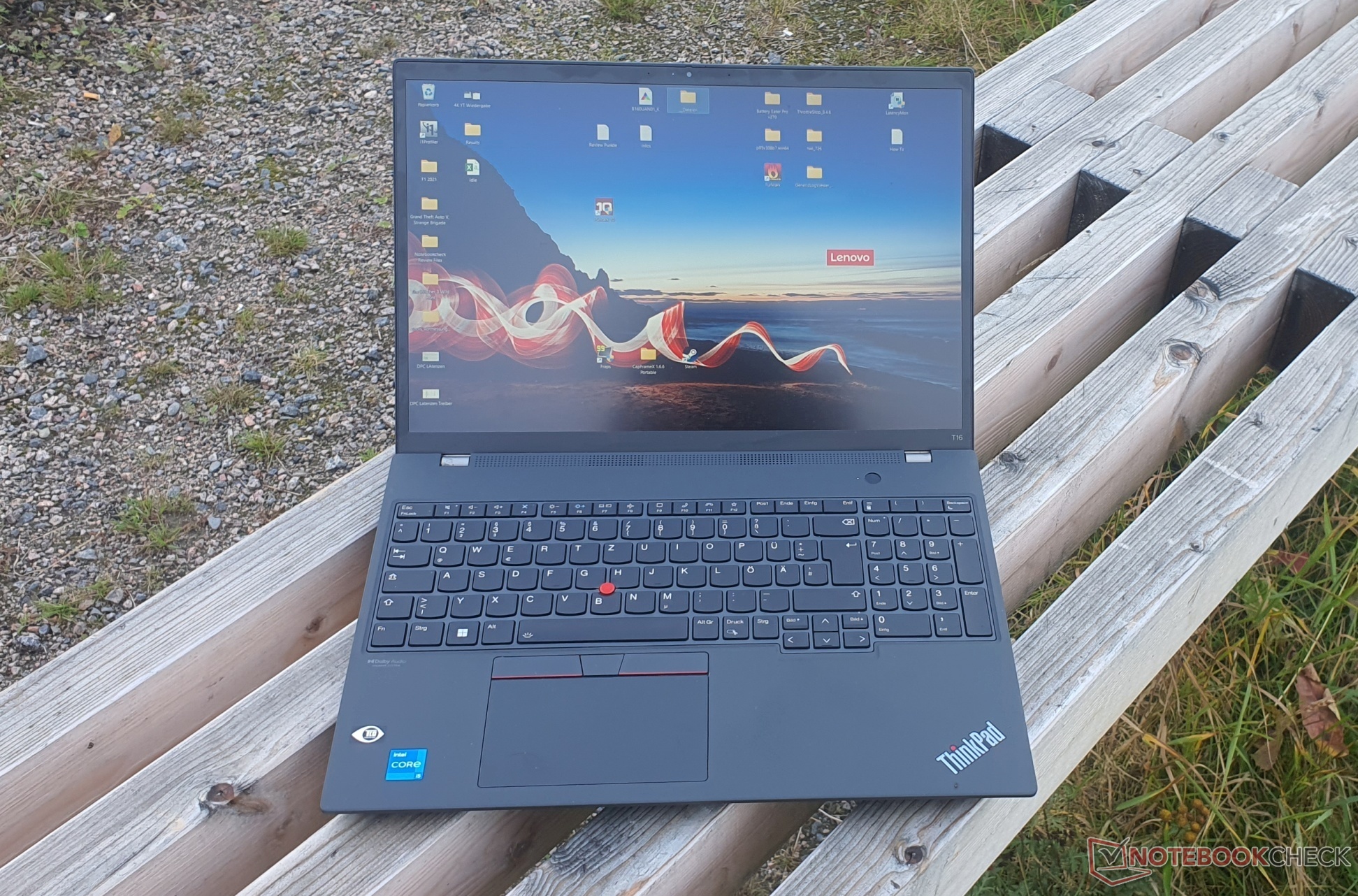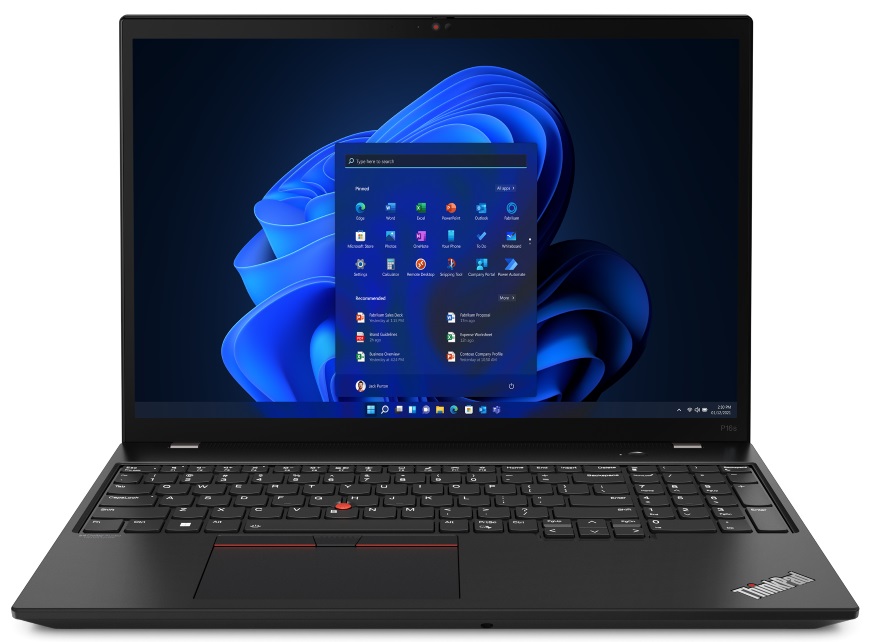Introduction
The Lenovo ThinkPad series has foresight been revered for its robust build quality, reliability, and performance. With each generation, Lenovo bring subtle yet significant enhancements, cater to the evolve needs of professionals. This article delves into a detailed comparison between the Lenovo ThinkPad t16 gen 3 and its predecessor, the Lenovo ThinkPad t16 gen 2. By the end, you’ll have a clearer understanding of which model suits your will need advantageously.
 Source: basic tutorials.de
Source: basic tutorials.de Design and build quality
The ThinkPad series is synonymous with durability, and both the gen 2 and gen 3 uphold this tradition. Nonetheless, there be subtle differences:
- Materials: Both models feature a robust magnesium aluminum chassis, but the gen 3 introduce somewhat more refined finishing, enhance its premium feel.
- Dimensions and weight: While both models are design for portability, the gen 3 is marginally lighter, offer better mobility without compromise on sturdiness.
Display and graphics
The display quality is a critical factor for users who prioritize visual performance. Hither’s how the two generations compare:
- Screen options: Both gen 2 and gen 3 offer a range of display options, include FHD and 4k. Yet, gen 3 introduce an OLED option for deeper blacks and vibrant colors.
- Graphics performance: While both models support integrate graphics, the gen 3 benefits from the latest intel and AMD update, offer improve graphics performance for demand applications.
Performance and hardware
Performance is where the gen 3 really shine, thanks to advancements in hardware:
 Source: tech blog lenovo.com
Source: tech blog lenovo.com - Processor: The gen 3 is equipped with the latest intel 13th gen aAMD Ryzenzen 6000 series processors, provide a noticeable boost in speed and efficiency over the gen 2’s 11th gen intel adozenzen 5000 series.
- Memory and storage: Both models offer similar memory configurations, but the gen 3 support faster ddr5 ram and more storage options, make it ideal for multitask.
Battery life and charging
Longevity and quick charging are crucial for on the go professionals. Here’s a breakdown:
- Battery capacity: Both models feature similar battery sizes, but the gen 3 offer slender better power management, extend battery life by roughly 10 %.
- Charge technology: The introduction of immobile charge technology in gen 3 allow users to reach up to 80 % charge in exactly an hour.
Connectivity and ports
Connectivity options are essential for seamless workflow integration:
- Ports: Both generations provide a comprehensive array of ports, include USB c, USB a hHDMI and an audio jack. Still, the gen 3 include an additional thunderbolt 4 port for enhanced data transfer rates.
- Wireless connectivity: The gen 3 support Wi-Fi 6e, offer immobile and more reliable connections compare to the gen 2’s Wi-Fi 6.
Security features
In today’s digital landscape, security features are paramount:
- Biometric security: Both models come with fingerprint readers and IR cameras for secure login, but the gen 3 include additional AI drive security features, enhance data protection.
- Privacy shutter: A physical webcam shutter is present in both models, ensure user privacy.
A real life example
Consider Jane, a graphic designer task with select a laptop for her team. She initially opts for theThinkPadd t16 gen 2 due to its balance of performance and price. Yet, after the release of the gen 3, shenotese thimprovementve display options and graphics performance, which importantly aid her design work. Her team instantly enjoy faster processing and a more vibrant visual experience, validate the upgrade.
Conclusion
While both the Lenovo ThinkPad t16 gen 2 and gen 3 are exceptional devices, the choice depends on your specific needs. If cut edge performance and graphics are critical, the gen 3 is the clear winner. Yet, if budget constraints are a consideration, the gen 2 remain a formidable competitor. We encourage you to evaluate your requirements and explore far to make an informed decision.